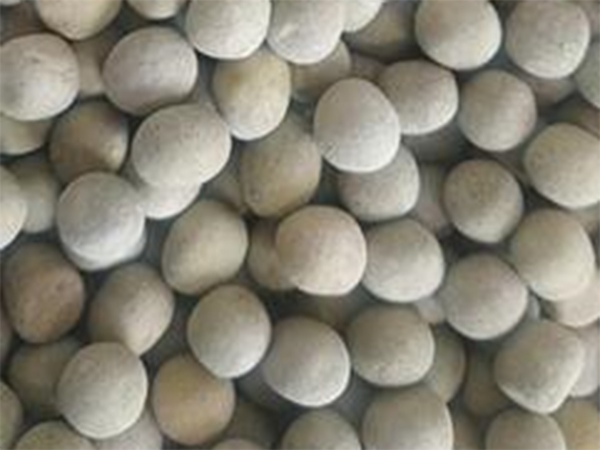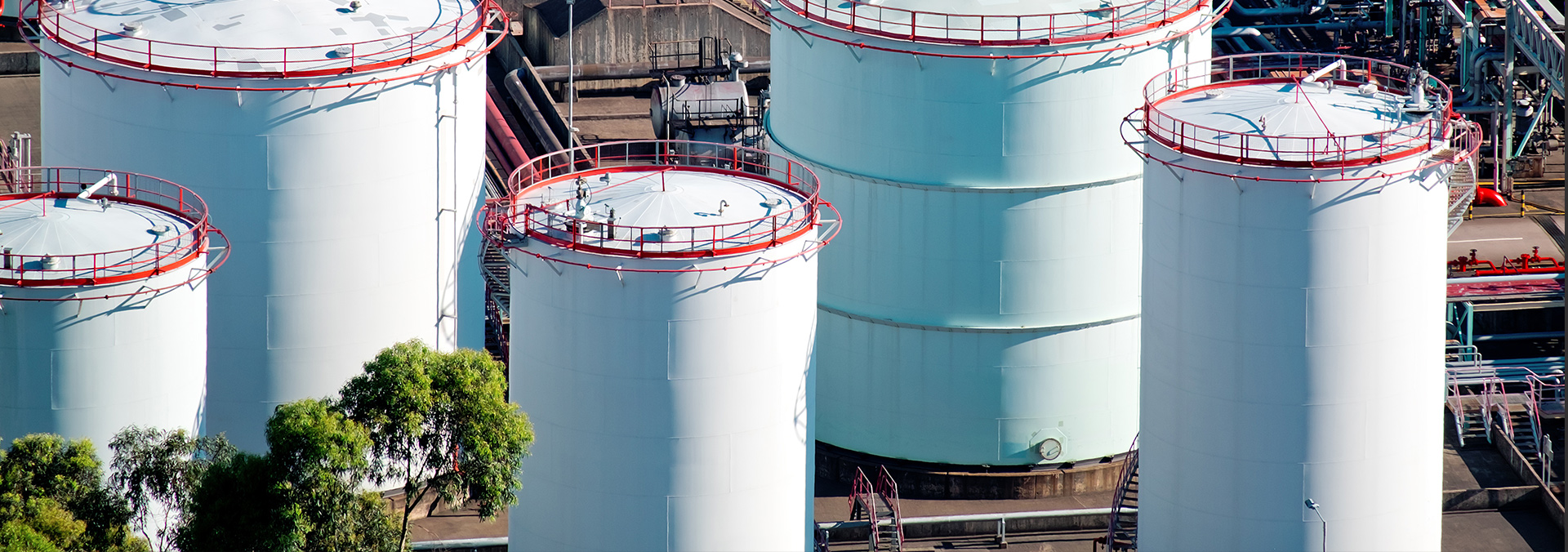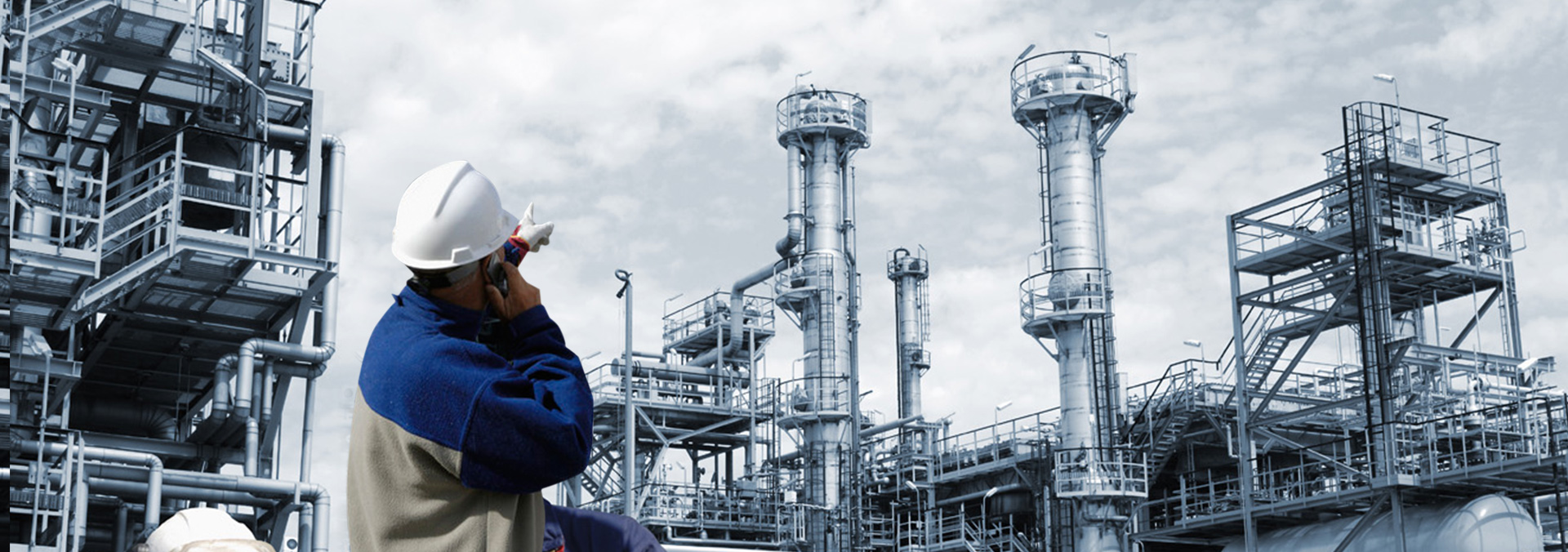Name:Panjin dew-point catalyst technologise co.,ltd.
Add:Chemical Industrial park, high-tech Zone, Panjin City, Liaoning Province, China
Tel:+86 427 659 4508
Fax:+86 0427-6594500
E-mail:service@dpcatalyst.com
power poles Panjin dew-point catalyst technologise co.,ltd. all rights
Hotline
0427-6594508
What is NiMo Hydrogenation Catalyst technology? What are its characteristics?
The grading technology of NiMo Hydrogenation Catalyst refers to the "combined" use of catalysts with different functions according to the nature of raw materials, operating conditions and product quality requirements in production. The grading of NiMo Hydrogenation Catalyst is by no means a simple combined use of catalysts, but to solve a series of complex technical problems such as the filling amount and filling sequence of different catalysts.

NiMo Hydrogenation Catalyst grading technology has been widely used in the hydrotreating process of petroleum fractions. In the hydrocracking process, the use of catalyst grading technology is to pack different types of catalysts in the different catalyst beds of the hydrocracking reactor to make their performance complementary, so as to achieve the enrichment of hydrocarbon components in the target product. Limit the improvement of product quality. According to the target product, the hydrocracking process can be divided into medium and high pressure hydrocracking process and medium pressure hydro-upgrading process, and the catalyst gradation is generally divided into two types: one is the graded use of refined catalyst and cracking catalyst; It is the gradation of different types of cracking catalysts under the premise of fixed refined preparations.
The NiMo Hydrogenation Catalyst grading technology is based on the competitive adsorption and reaction sequence of different hydrocarbons in the feedstock on the catalyst active center. Different types of catalysts are loaded on the different catalyst beds of the hydrocracking reactor to give play to the complementary performance of different types of catalysts. , So as to achieve the enrichment of hydrocarbon components in the target product and maximize the product quality. In terms of engineering: one is to reduce the amount of chilled hydrogen between catalyst beds and reduce the amount of chilled hydrogen; the other is to relatively increase the reactor outlet temperature and increase the heat source temperature of the subsequent heat exchanger.
The gradation and packing of NiMo Hydrogenation Catalyst includes the active gradation, shape and size gradation of the catalyst. In the residual oil hydrogenation reactor, the principle of grading filling is:
①The grading sequence of NiMo Hydrogenation Catalyst: protective agent/demetalization/desulfurization/denitrogenation catalyst;
②NiMo Hydrogenation Catalyst size: along the direction of the reactant flow, it gradually decreases from top to bottom in the reactor;
③NiMo Hydrogenation Catalyst aperture: gradually decreases from top to bottom in the reactor;
④ NiMo Hydrogenation Catalyst activity: gradually increase from top to bottom in the reactor.







